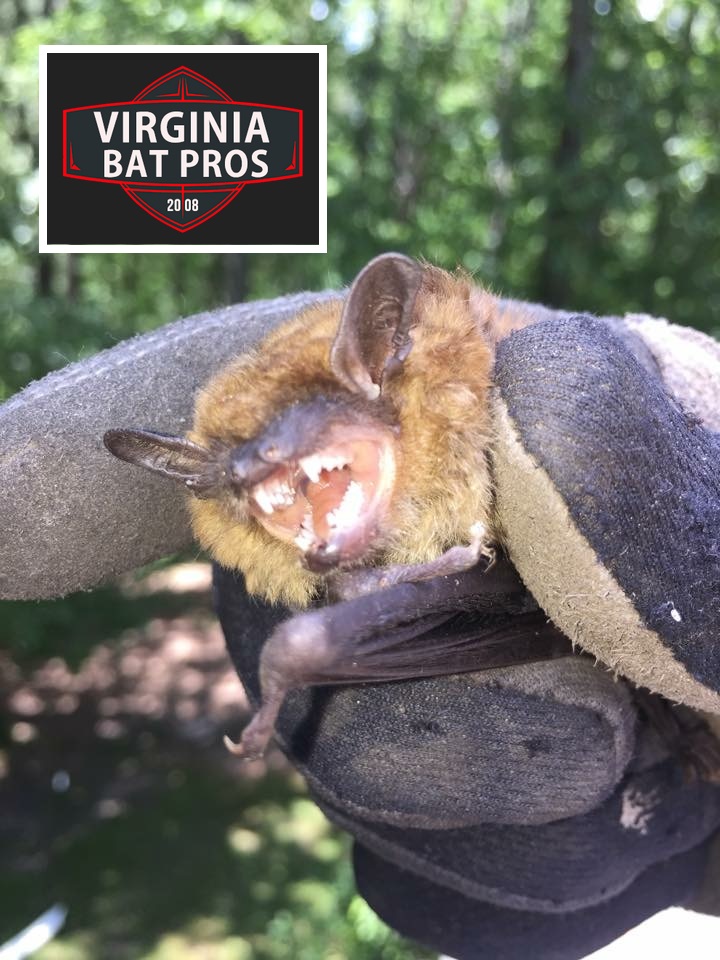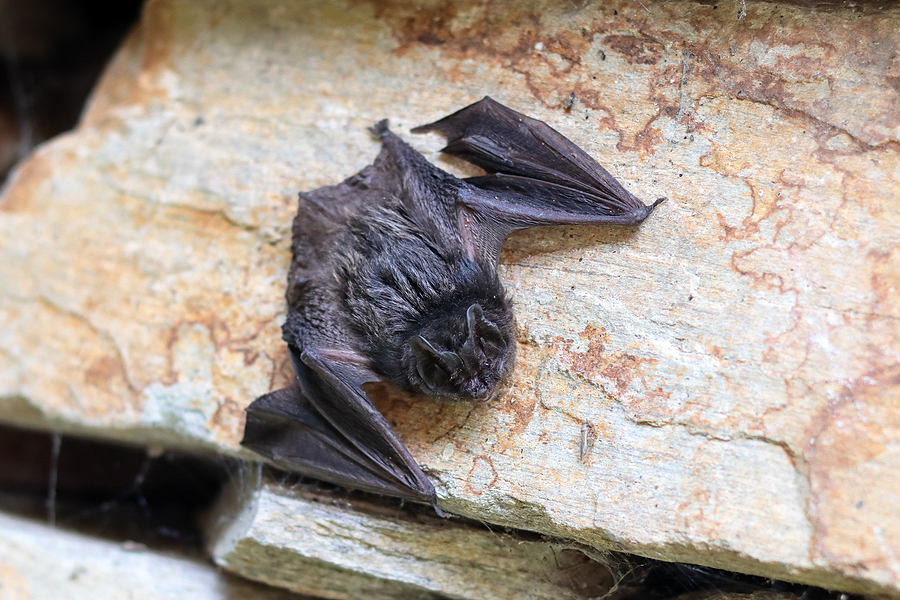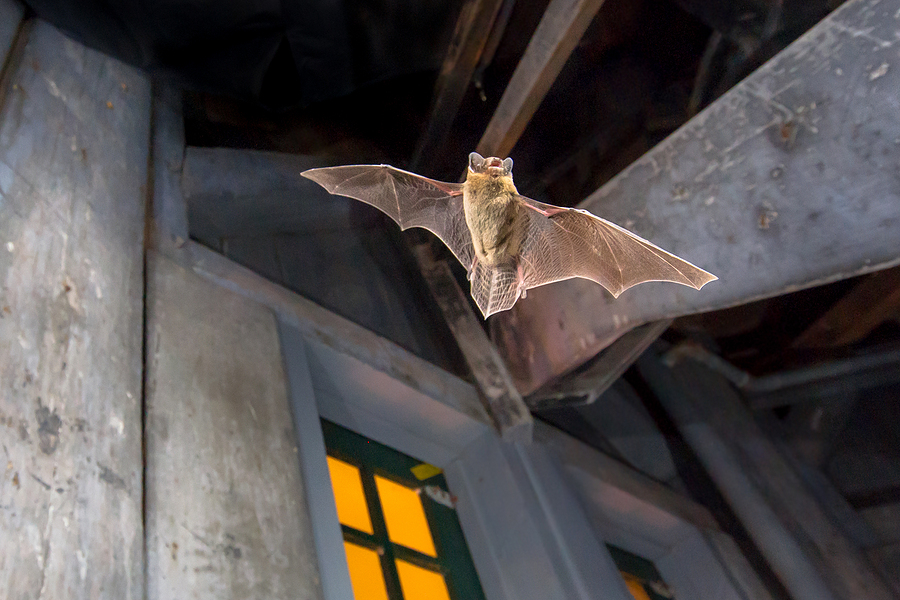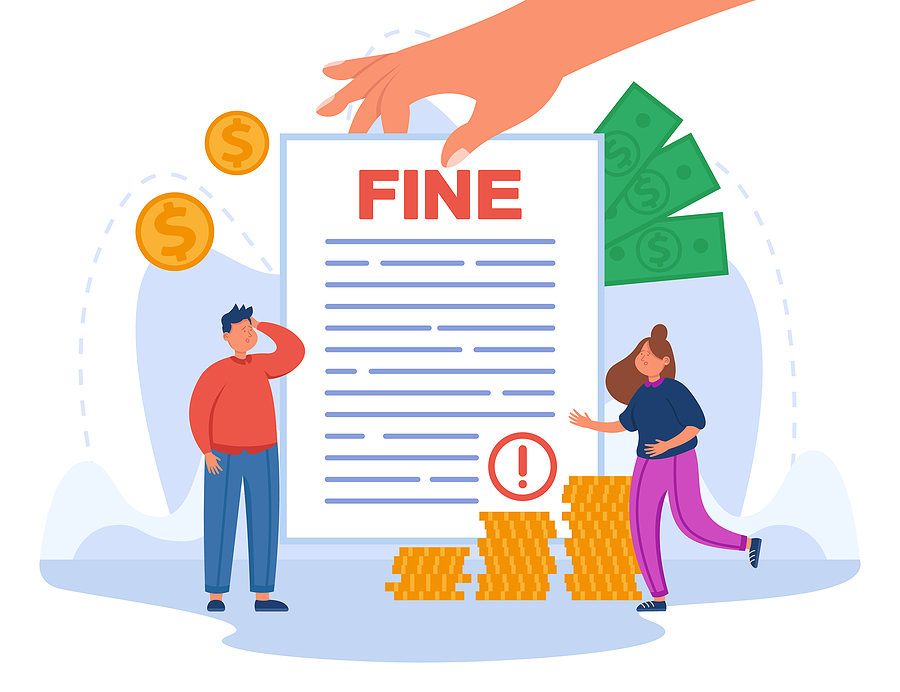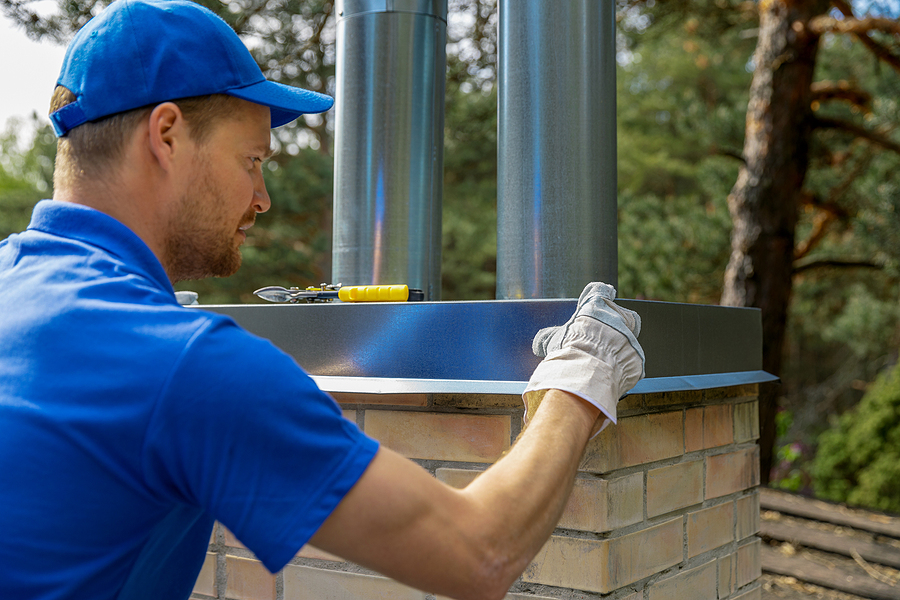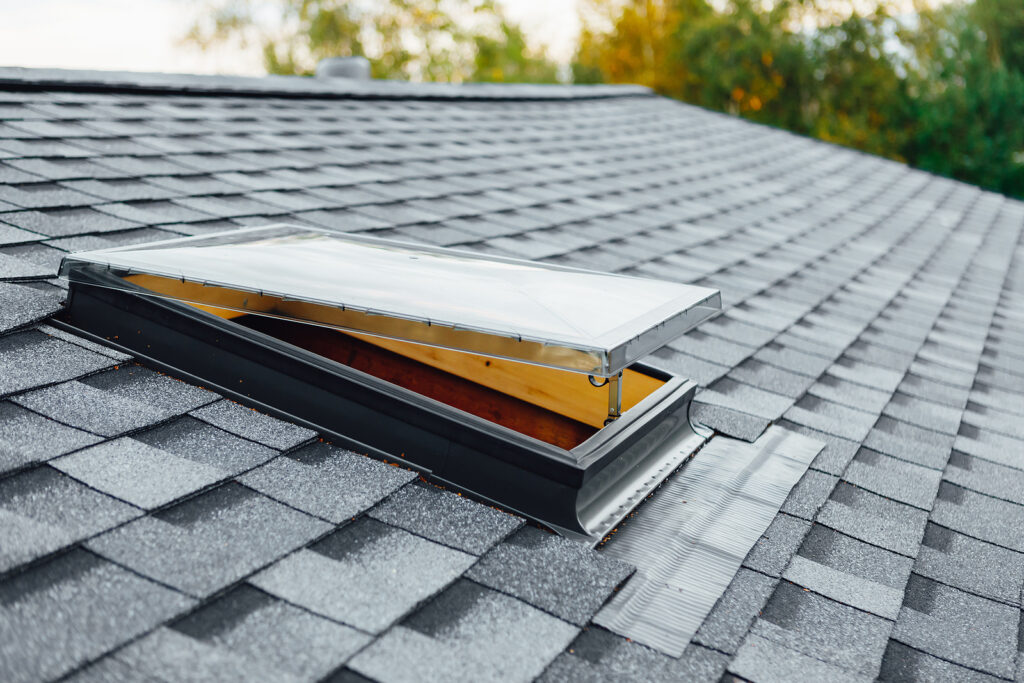There are two primary orders of bats in the world: Microchiroptera and Megachiroptera. Megachiroptera bat species are mostly native to tropical regions of the world. They are large in size, have large visual cortexes, and feed on nectar and pollen of fruits and flowers. In fact, they are casually referred to as “Fruit bats” for this reason. Some are even called “Flying Foxes” due to their large heads and bodies.
In contrast to the large fruit bats of the world, Microchiroptera bats, or microbats, are much smaller, and retain a separate set of unique attributes. The most noticeable difference between megabats and microbats is size, but that does not mean there cannot be large microbats too.
Continue reading to learn some interesting facts about the largest Microchiroptera bat species in the United States!
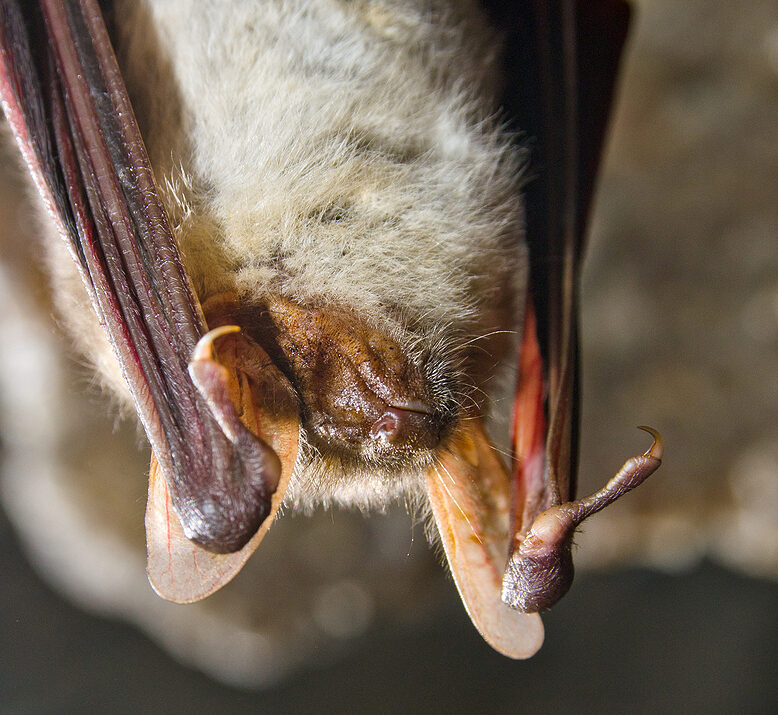
Introducing the Greater Mastiff Bat (Eumops perotis)
The Greater Mastiff Bat goes by many names, scientifically Eumops perotis, but informally, it is also known as the Western Mastiff Bat, the Western Bonneted Bat, and the Greater Bonneted Bat. Greater Mastiff Bats are part of the Free-Tailed bat family, which includes well-known species like the Mexican Free-Tailed Bat, Northern Free-Tailed Bat, and the Spotted Free-Tailed Bat.
What They Look Like
The greater mastiff bat is the largest microbat species native to North America. Perhaps this is why their name reflects one of the larges canine species! Their average body size is between 5 and 8 inches in length. Furthermore, they have an impressive wingspan compared to other species of microbats, averaging between 20 and 22 inches.
As for overall mass, Greater Mastiff bats generally weigh between 2 and 3 ounces; although this sounds tiny, they are still larger than most other Microchiroptera species. Greater mastiff bats are most distinguishable by their large ears, which are so long, they extend out past their nose! Their fur is short and close to their bodies and appears in an array of gray and brown shades on their backs, with lighter shades of fur on their bellies.
Where They Live
Here in Michigan, you will not likely find a Greater Mastiff bat in your attic or flying around your property. That is because their natural range is in the Western parts of the United States, as well as Mexico and South America. They prefer the desert regions, especially along the border of Mexico, and even as far north as the Pacific coast of Alameda County, California.
Because the Greater Mastiff bat species are so large, they require more space and time to drop from their roosts and take flight. For this reason, they are often found roosting high up in rock fissures on the sides of cliffs. In fact, it was discovered that they require at least 20 feet of vertical drop in order to secure enough speed for flight. This means that if they become grounded, they must climb high enough to take a drop and fly away.
More Interesting Facts About the Biggest Microbat in the U.S.
No Time for Rest
Aside from being the largest species of Microbat that is native to North America, there are plenty more interesting facts about the Greater Mastiff bat. For instance, they do not migrate nor hibernate. Instead, they remain active all year long. This could be due to the comfortable seasonal climates the Western regions have to offer.
Threatened and Endangered
Because the Greater Mastiff bat is no longer found in the same numbers as they used to be in previously occupied regions, they are on federal special status. Although federally, they are considered a species of least concern, the Bat Conservation International still lists them as Threatened and Endangered.
Unique Mating
In contrast to other microbat species, males retain a skin glad that enlarges during mating season in the spring. This dermal gland produces a strong odor that researchers believe is meant to attract female bats. Females give birth to one single bat pup a year, and they can live between 10 and 15 years in the wild.
Are you experiencing heighted bat activity around your house or business? If so, you would be wise to establish an effective bat abatement plan to keep them from damaging or threatening your property. Contact Virginia Bat Pros at 804-729-9097 for safe and humane bat removal and control in Richmond, Virginia and its surrounding counties. We serve both residential and commercial clients.
Related Posts:
The Differences Between Megabats and Microbats
Which Bats are Native to the State of Virginia?
The Difference Between a Wild Bat and a Nuisance Bat

